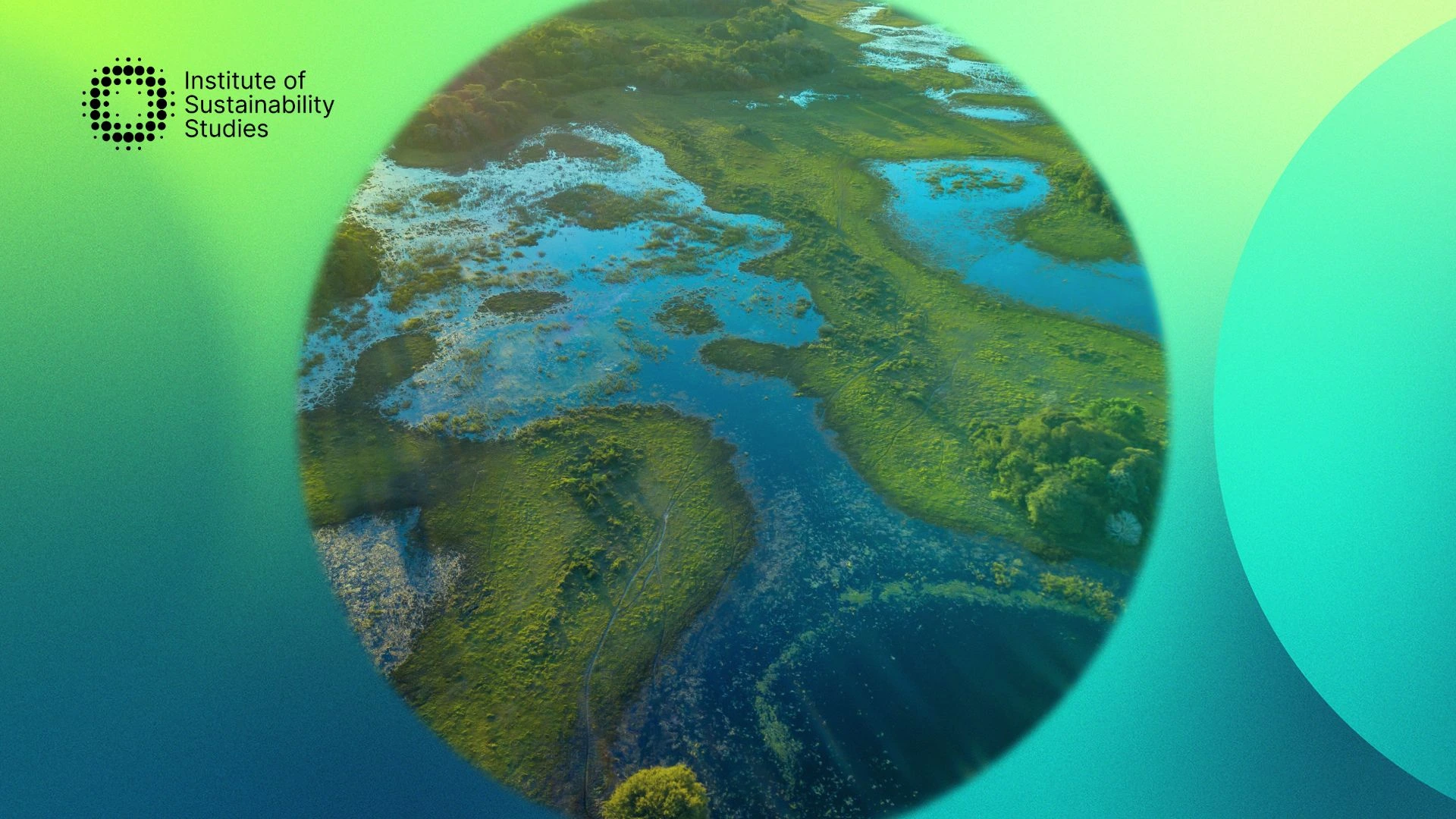As we grapple with the ecological crisis, nature faces a parallel crisis which requires sustainability strategies. This parallel crisis accelerates climate change and intensifies as global temperatures continue to rise. According to The European Environment Agency, European nature is not in a good state. Its State of Nature in the EU assessment reported that in the EU, 81 percent of protected habitats, 39 percent of protected birds, and 63 percent of other protected species are in a poor or bad state. Keep reading to learn more about the potential solution – ecological restoration.
What is ecological restoration?
Ecological restoration entails assisting in the recovery of ecosystems that have been degraded or destroyed, as well as conserving ecosystems that are still in good condition.
With this in mind, all sorts of ecosystems can be restored, from farmlands to forests, wetlands, oceans, and cities. Essentially, the process of restoring ecosystems is all about enabling an ecosystem to recover from destruction, damage, or degradation.
Healthier ecosystems, with richer biodiversity, yield significant advantages like bigger yields of fish and timber, more fertile soils, and larger stores of greenhouse gases.
Restoration can occur in many different ways, like actively planting or removing pressures so nature can recuperate. However, it is not always possible to restore an ecosystem to its original state.
Restoration projects can be launched by nearly anyone, from development agencies, businesses, governments, individuals, and communities. The reason for this is the causes of degradation are varied and many and can have effects on different scales.
What is the goal of ecological restoration?
Ecological restoration aims to initiate, recreate, or accelerate the recovery of an ecosystem that has been otherwise disturbed. These disturbances are often environmental changes that alter ecosystem function and structure.
Damage could be obvious and acute harmful impacts such as poaching, road building, selective logging, or invasions of non-invasive species. Degradation then refers to human impacts that result in the loss of biodiversity and the disruption of an ecosystem’s composition, functionality, and structure.
Examples of degradation could include long-term overfishing, persistent invasions by non-native species, and long-term grazing or hunting presence. Destruction is the most severe level of negative impact and is when damage or degradation removes all macroscopic life and ruins the physical environment.
Destruction sees ecosystems destroyed by a range of activities like coastal erosion, urbanisation, mining, and land clearing. Ecological restoration works toward the recovery of an ecosystem, particularly those destroyed or damaged by human activity, through ecological restoration projects, the practice of conservation, and restoration activities.
Restoration practitioners and restoration ecologists utilise research, practice science, and restoration science to mimic conditions needed for recovery to work toward ecosystem restoration. They support the diversity of biological species, driving for more sustainable land use and natural resources in the future.
The overarching goal of ecological restoration is to create a self-supporting ecosystem that is resilient to perturbation and has no more intervention. An example of a successful restoration on a large scale is the work of Guzman (1991) on the reefs on the Pacific coast of Costa Rica. The reefs had been impacted by a combination of human and natural activities that caused ecosystem damage.
Why is it important?
Restoring ecosystems, large and small, enhances and protects the livelihoods of people who depend on them. This also helps to reduce the risk of natural disasters and regulate disease.
With all this in mind, restoration could catapult us to meeting all the Sustainable Development Goals. Ecosystem services play an essential role in supporting all life on Earth, so the healthier our ecosystems are, the healthier the planet and its people.
However, biodiversity is declining at an unprecedented rate, and the pressures driving this decline continue to intensify. Things like exploitation of natural resources, climate change, land and sea use change, and pollution are accelerating biodiversity loss.
Conserving ecosystems is vital in restoring biodiversity loss. Ecological restoration is a vision of hope for a brighter future where nature is cherished and valued, which will create cultural and local economic opportunities to enable long-lasting protection of these species and habitats.
Why is the Ecological Restoration Fund?
The Ecological Restoration Fund is an initiative by Wildlife Trusts that supports work that protects biodiverse hot spots, promotes local environmental activism, and rejuvenates degraded landscapes across Europe and the UK. They help to re-establish nature’s vital interconnections while also enhancing opportunities for local communities to create nature-based, sustainable economies.
Funding from the Ecological Restoration Fund supports three areas of work: protecting and restoring marine and coastal environments, rewilding our landscapes, and bringing back missing keystone species. There are other similar funds with the same intentions across the world.
Conclusion
A lack of ecological restoration coupled with human pressures like land degradation, resource overuse, and pollution is significantly stressing nature across the world. Research finds that globally 75 percent of land on Earth and 66 percent of its oceans are currently severely impacted by human activity.
Ecological restoration will have a vital role to play in protecting the environment but offers many other advantages for human health, well-being, and quality of life. However, we will need more businesses to take on the challenge with concrete sustainability plans.










